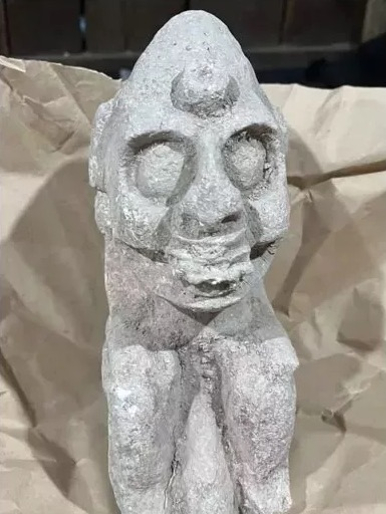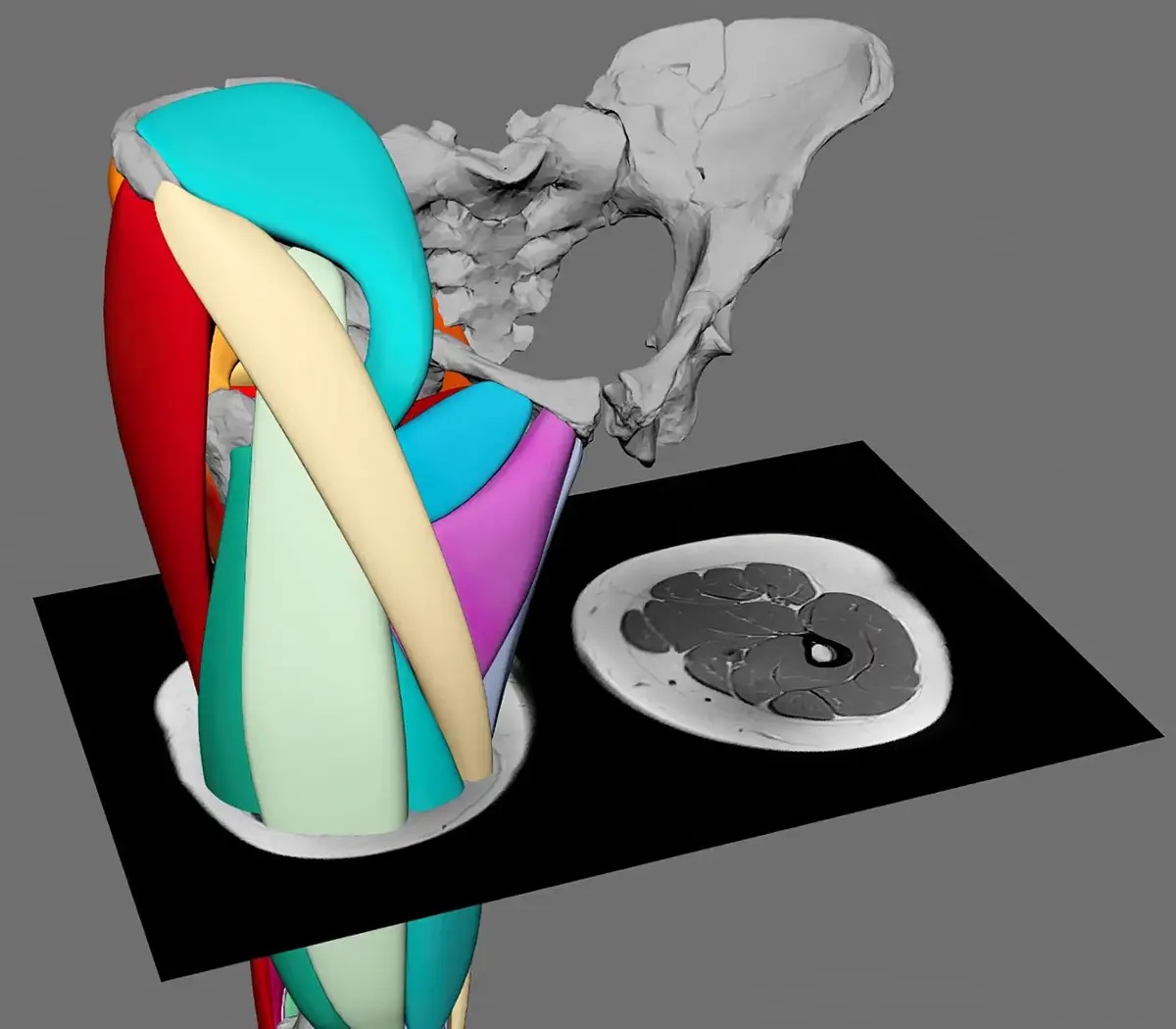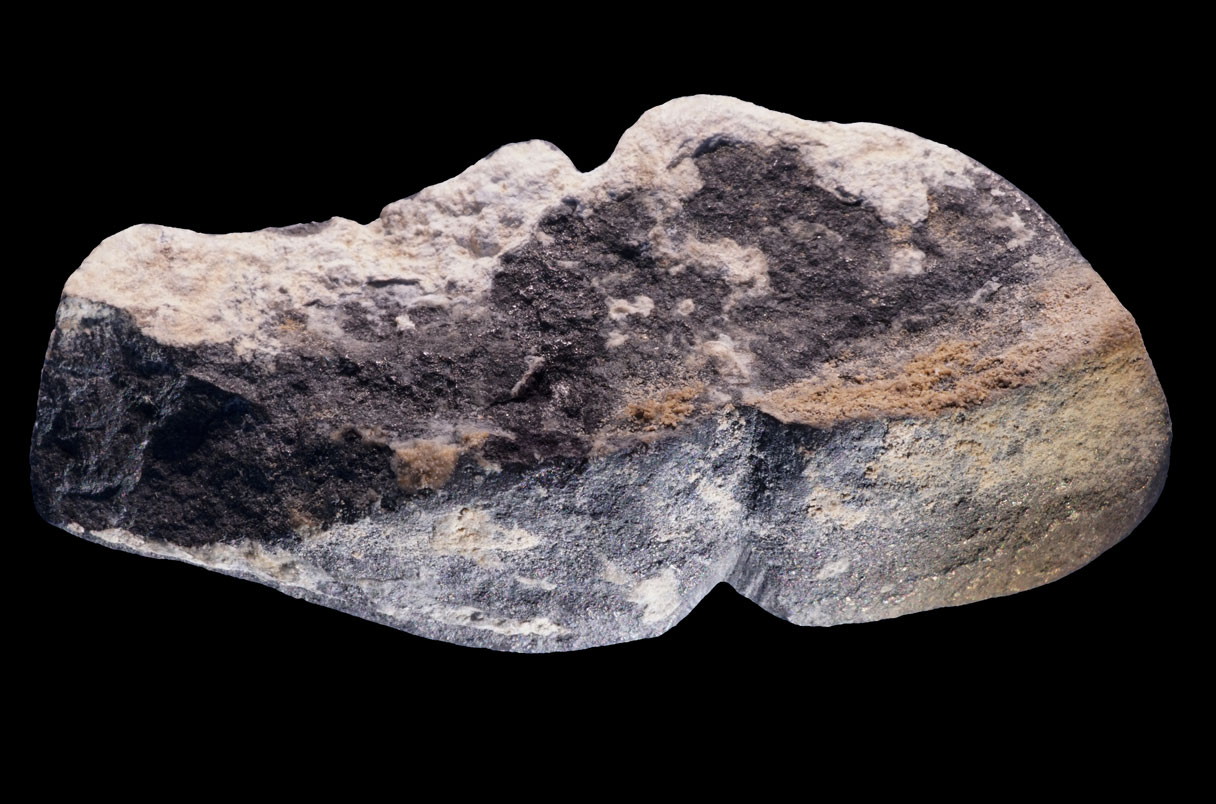Archaeologists in Mexico have made an exciting discovery—an ancient Mayan statue believed to represent a ‘deity of death’ dating back 1,400 years.
The stone sculpture was found near the archaeological zone of Balamkú, in the town of Conhuas, Campeche, by experts from the National Institute of Anthropology and History (INAH).
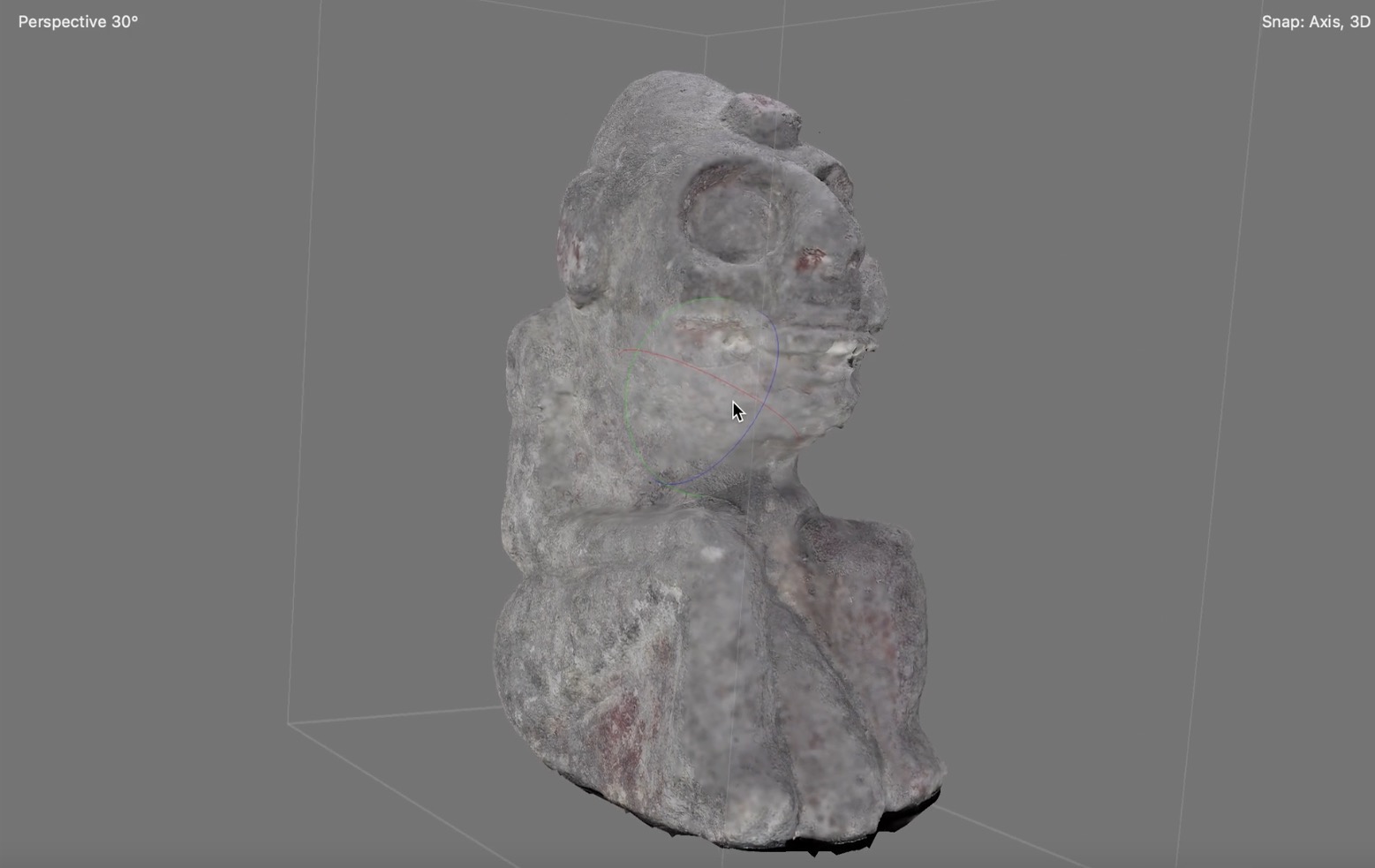
Measuring approximately 25cm in height, the pre-Hispanic sculpture depicts an emaciated figure seated with cranial modification. It wears a nose ring and a mask on its skull.
The statue, discovered on Friday (16 Jun), is estimated to belong to the Early Classic period, dating from 200-600 AD.
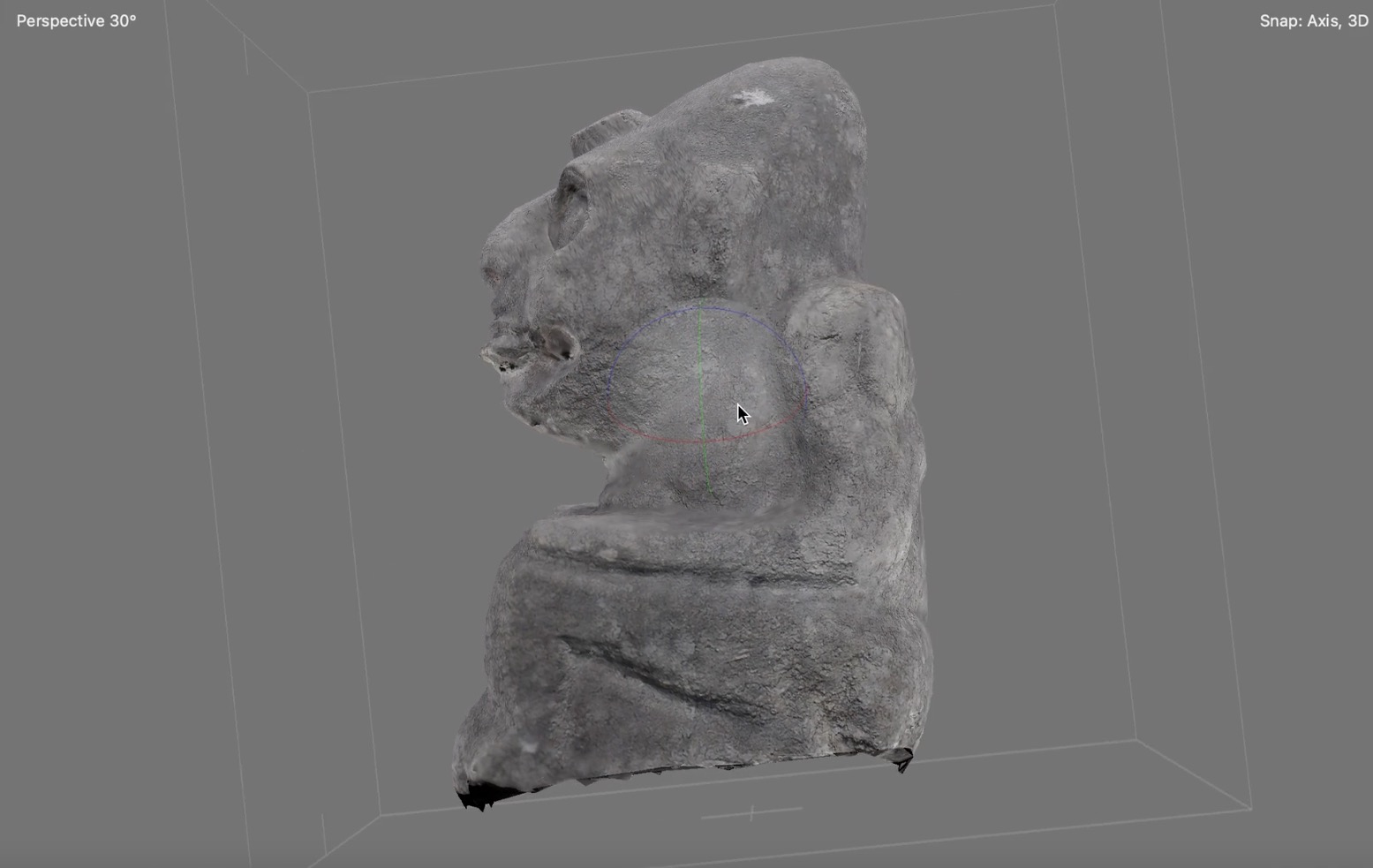
Andrés Manuel López Obrador, the general director of INAH, stated that the figure’s stark features and mortuary motifs suggest its association with a deity of death.
The INAH team stumbled upon the effigy while conducting excavations for a new intercity train line. In addition to the statue, they have unearthed and protected 21,960 immovable items, including old foundations and roads.
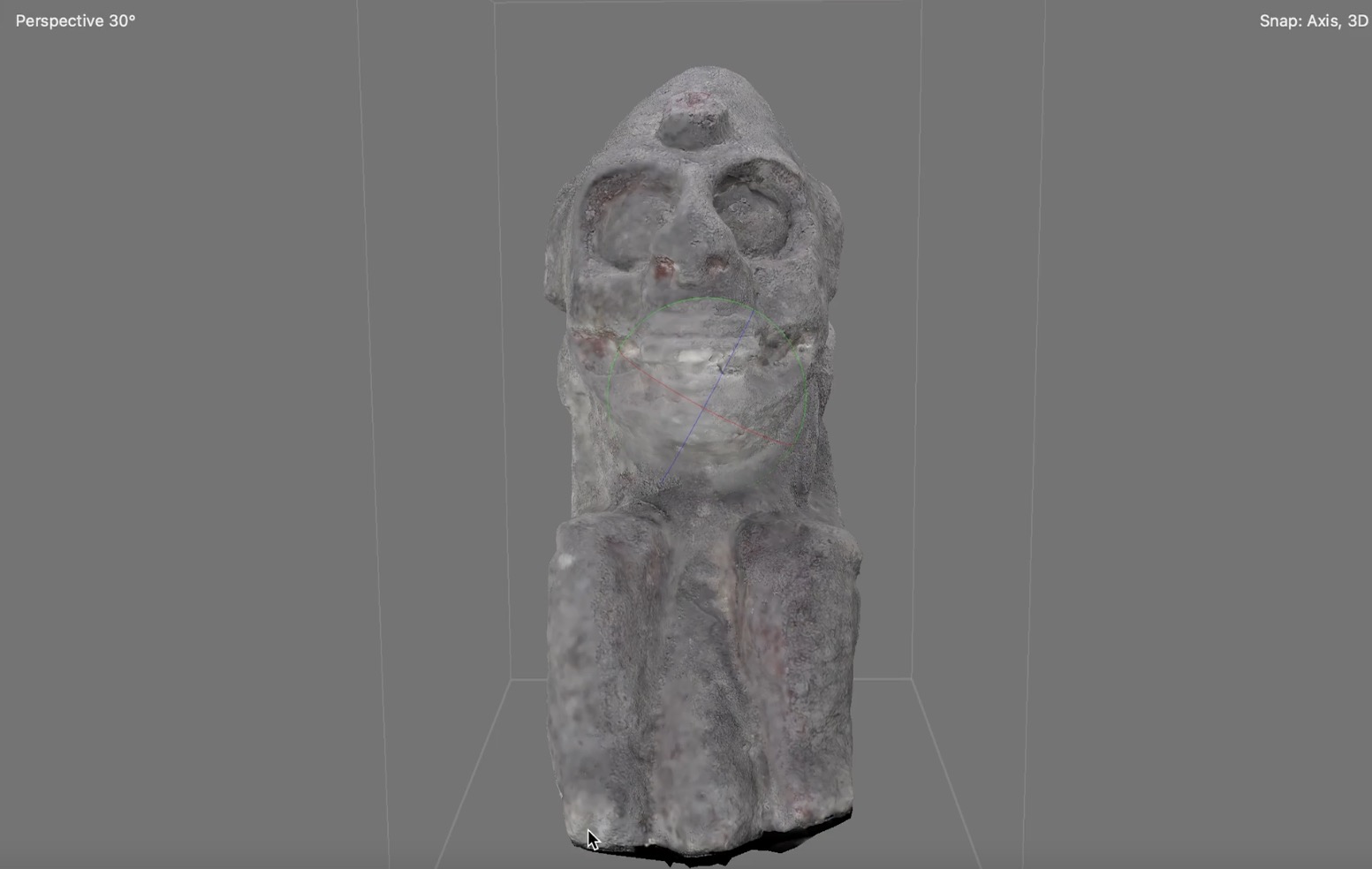
Other significant findings at the site include 306 movable items, 72,480 ceramic potsherds, 64 human burials, and 227 natural features associated with human presence.
Obrador highlighted the discoveries as evidence of the high population density that once existed in this region of the Yucatan peninsula. The findings demonstrate a complex social organization, the success of Mayan agriculture, and an urban system that facilitated trade between various city-states, some of which had populations in the hundreds of thousands.
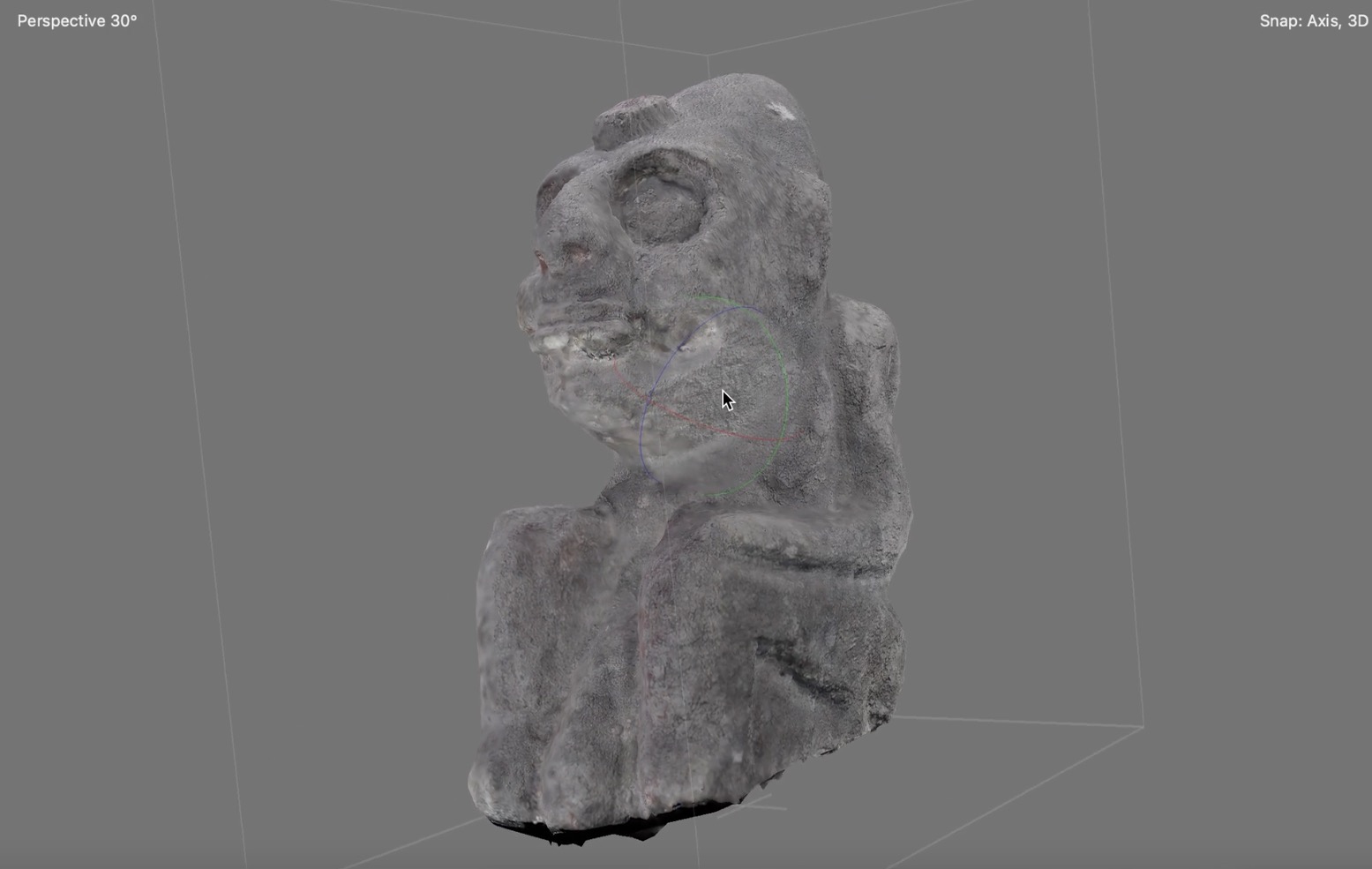
The newly discovered statue provides valuable insights into the ancient Mayan civilization and their beliefs surrounding death and spirituality.

